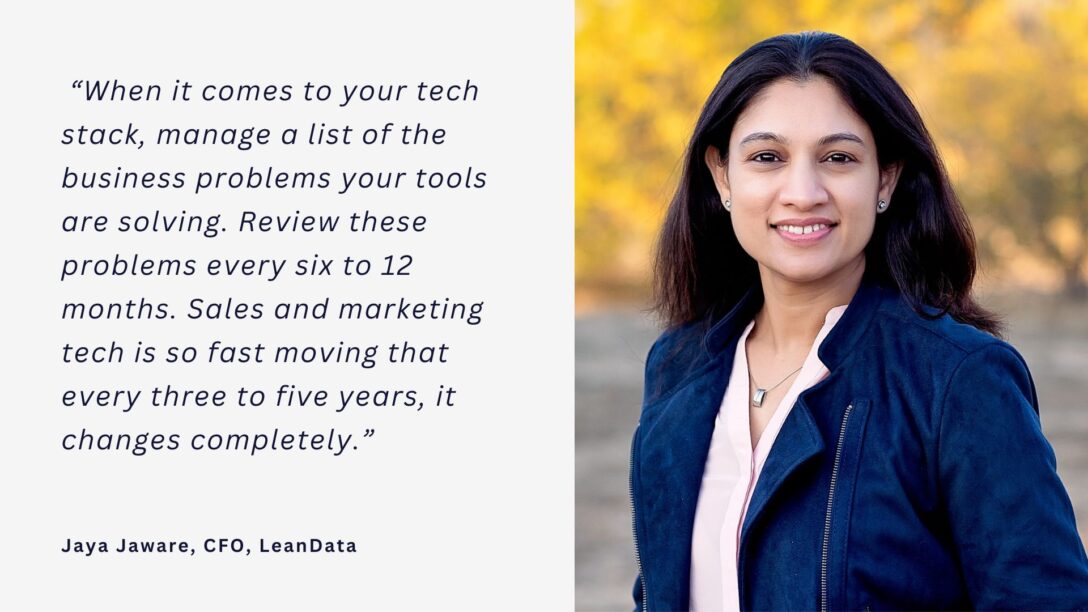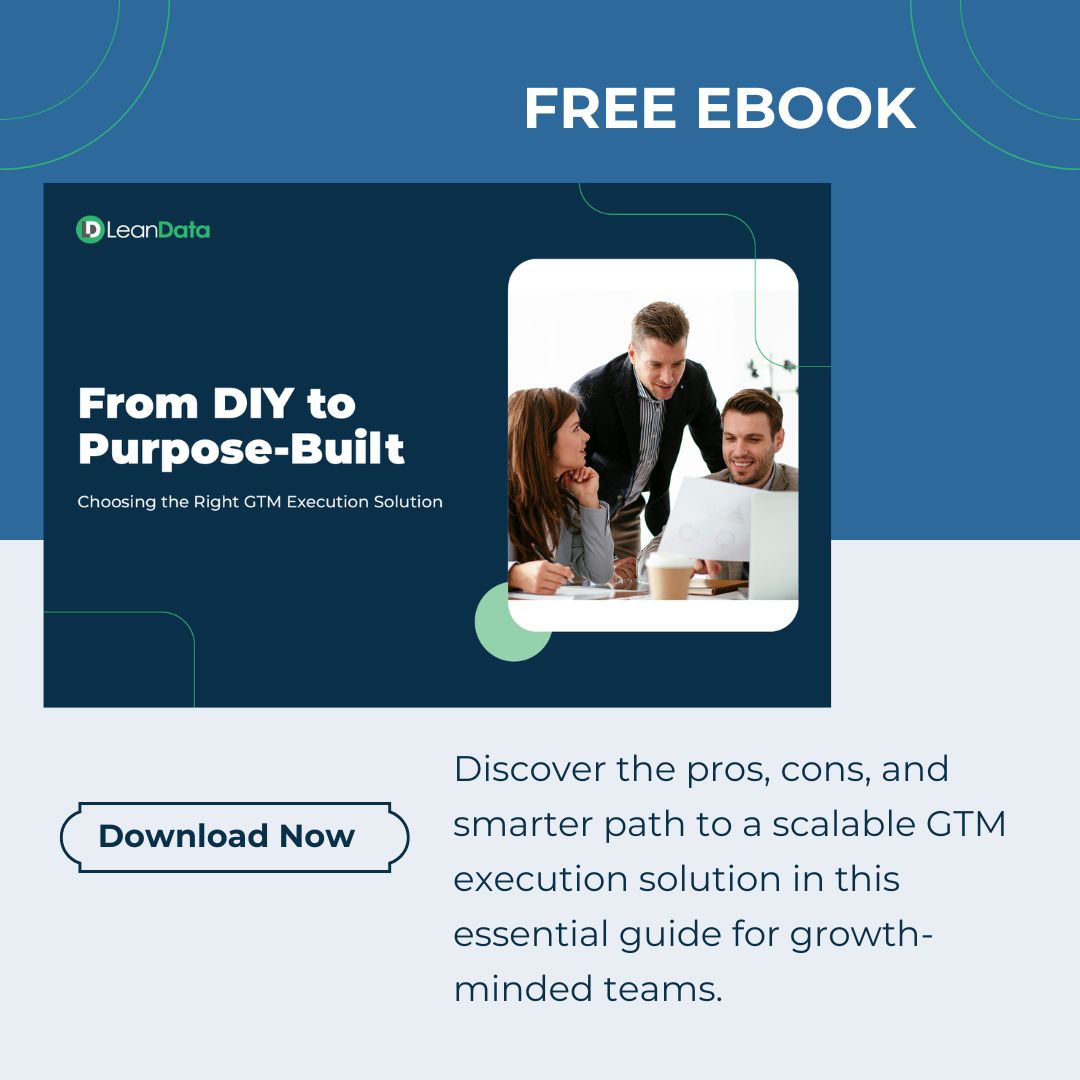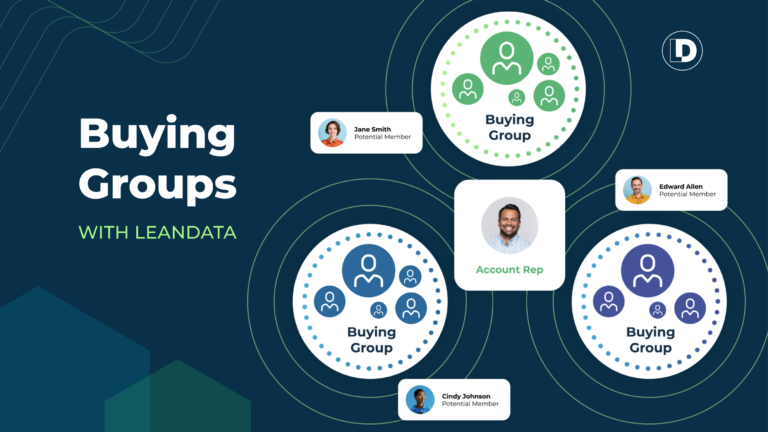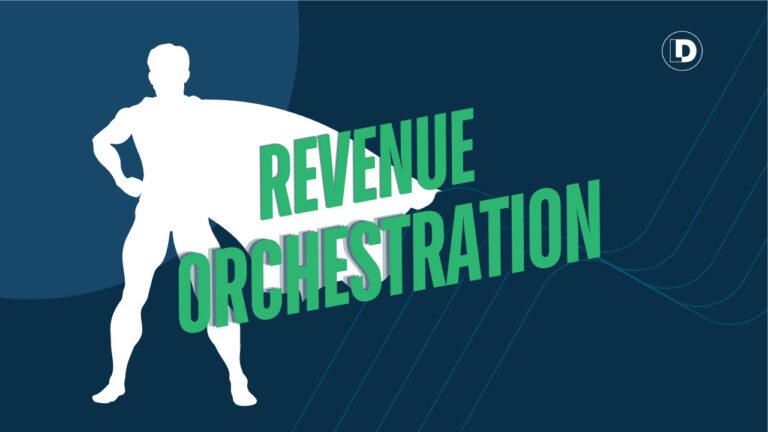Sales and marketing leaders often come to CFOs with bold plans and budget requests.
These plans usually promise stronger growth, better leads, and faster conversions.
But without clear results, these investments can quietly drain resources.
As a CFO, spotting sales inefficiencies early can help protect your budget and drive smarter decisions across your go-to-market teams.
Here’s how to uncover the early warning signs and where to look first.

Start with the “80/80” Rule
One of the most reliable signs of inefficiency is poor sales rep performance. Of course, not every rep will hit quota every quarter. But if most of them aren’t even coming close, there’s likely a deeper issue.
Use this rule as a benchmark:
- At least 80% of your sales reps should hit 80% of their quota.
If they don’t, it’s time to dig into the why. There could be several culprits:
- Poor onboarding or sales enablement
- Weak product-market fit
- Low-quality pipeline
- Underperforming reps
By treating this metric as a red flag, you can catch problems before they start impacting your bottom line.
Watch Ramp Time and Early Deals
Another useful signal is ramp time. How long does it take for a new rep to close their first few deals? If your sales cycle is three months, you should expect a new hire to land at least two or three deals within their first six months.
If this doesn’t happen, ask:
- Are we training reps effectively?
- Are we hiring the right people?
- Are our expectations reasonable based on the current market?
Missed ramp milestones often point to deeper process breakdowns. Fixing them early can reduce turnover and avoid wasted spend on underperforming hires.
Check Your Lead Acceptance Rate
Sales and marketing often work in silos. That leads to another hidden cost: marketing generating leads that sales won’t even touch.
Here’s a simple rule:
- Sales should accept at least 90% of leads from marketing.
If acceptance rates are lower, investigate:
- Are leads well-qualified?
- Is there alignment on what a “good lead” looks like?
- Do marketing and sales teams agree on shared goals?
A low acceptance rate is not just a marketing issue. It points to lost opportunities and wasted budget that could have gone elsewhere.

Look at Opportunity-to-Close Conversion Rates
Not every deal will close, but low conversion rates are another warning sign. They often reveal a mismatch between expectations and reality.
Ask your team:
- Are we targeting the right prospects?
- Is the handoff from sales development to closing reps smooth?
- Are we losing to competitors we didn’t expect?
Low win rates also suggest the need for better messaging, stronger demos, or more effective sales follow-through. All of these areas directly tie back to how your budget gets spent — and how effective that spend is.
Don’t Look at Cost Per Lead in a Vacuum
Cost per lead (CPL) is one of the most tracked marketing metrics. But on its own, it doesn’t say much. A high CPL may actually be a good thing if the leads convert well.
Here’s a better approach:
- Always compare CPL with conversion rates.
- Evaluate CPL by channel, not in aggregate.
- Ask whether the higher cost is driving better-quality opportunities.
Ready to unlock new revenue possibilities with LeanData?
Meet with one of our experts today
Let’s Chat
Not All Training Delivers ROI
For example, in-person events often have a high CPL. But if those leads close faster and bring in more revenue, the investment may be worth it. The key is connecting spend to results, not just cost.
Training is another area where good intentions often fail to deliver value. Many companies spend six figures on workshops or coaching programs without any follow-up.
To assess whether training is worth it, ask:
- Did close rates improve after the training?
- Did reps hit quota more consistently?
- Were the learnings implemented in day-to-day selling?
When training doesn’t stick, it becomes sunk cost. Make sure your teams have a plan to apply what they learn and track whether performance improves over time.
Focus on What’s Working, Not Just What’s Failing
It’s easy to spend time fixing underperforming tactics. But the better strategy is to identify your most effective programs and double down.
This is the 80/20 rule in action:
- 20% of your programs may be delivering 80% of your results.
Ask your sales and marketing leaders:
- Which channels bring in the best leads?
- What tactics lead to higher conversion rates?
- Where do your top reps spend most of their time?
Focusing resources on proven winners can drive faster results than trying to rescue failing efforts.

Run a Clean Tech Stack
Your tech stack can become a silent cost center. Tools that once solved a problem may no longer be relevant or might be duplicated by newer solutions.
A few best practices:
- Keep a list of tools and the business problems they solve.
- Review your tech stack every six to twelve months.
- Avoid auto-renewals so you can renegotiate or cancel.
- Ask for quarterly payment terms to stay flexible.
- Always request a dedicated customer success manager.
Also, don’t be afraid to ask for discounts. A 50% price reduction is often on the table, but only if you ask for it.

Work Together from the Start
Budget inefficiency isn’t always the result of poor execution. Sometimes it comes from lack of alignment between finance and go-to-market teams.
The fix? Build the strategy together from the beginning. Join the planning process early and help shape:
- Revenue goals
- Budget allocations
- Lead quality targets
- Technology investments
When everyone aligns on a shared three-year strategy and operating plan, execution becomes smoother and more efficient.
What CFOs Can Do Starting Today
Sales inefficiency hides in plain sight.
It doesn’t always show up as a budget line item, but it takes a real toll on performance and profit.
As a CFO, you don’t need to know every detail of the sales funnel. But you can ask smart questions, track a few key metrics, and partner closely with your sales and marketing leaders to make sure every dollar works harder.
Start with the “80/80” rule. Watch for signs in rep performance, lead flow, and deal conversions.
Push for ROI, not just activity.
And remember that sometimes, the smartest move is to invest more in what’s already working.









